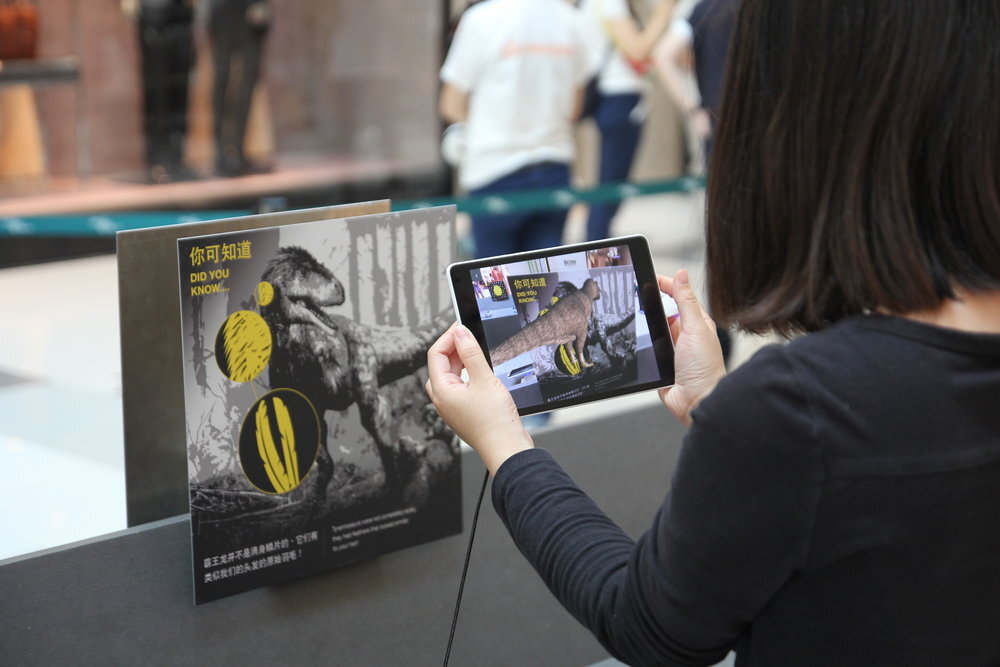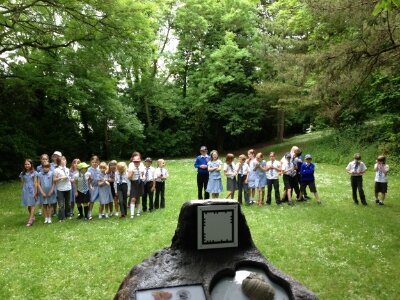Blog

4 Times When Augmented Reality Played a Role in Wildlife Conservation
Digitally “resurrecting” certain animal species or keeping extinct ones in digital form for future generations has always been near and dear to our hearts at INDE. We firmly believe that immersive technologies such as Augmented Reality can raise awareness of critically endangered species by providing them with a layer of interactivity, which generates recollection.

Augmented Reality and Education
What would be your answer if someone asked you when you first experienced 'augmented reality’? You definitely shouldn't say you never did. If you’ve ever watched a live telecast of election vote counting, any sport that has the scorecard embedded on the screen, or some other similar exercise that displays the latest details in the corner of the screen, you have enjoyed some form of augmented reality.

3D Animals in Aquariums? Sooner Rather Than Later, Please – Here’s Why
Look, we are not trying to say that AR and VR experiences are the magic bullet, single-handedly revolutionising the Aquarium Industry, protecting your organisation from ever-growing competition. It’s obvious that most Aquariums are wonderful institutions educating past, current and future generations since 1853, treating and protecting animals as closest family members.

Next-Generation Edutainment with Augmented Reality
As a parent of a 5 year old I’m more than engaged in the ongoing conversation about all aspects of education as he approaches school age. This includes considering the role of technology in their education.

3 Reasons why Museums Should NOT Hesitate to Implement Augmented Reality
One of the main challenges museums around the world are facing is maintaining – let alone increasing – attendance numbers and engagement. This, in part, is due to the fact that younger audiences are more and more difficult to attract and keep engaged, at least by “traditional” exhibits.

Augmented Reality: Revolutionising Education
We all know that technology in education is now as essential as pencil and paper. Public schools in the United States now provide one computer for every five students, and it’s safe to assume that very soon, technology will take over from the traditional tools in helping children learn and collaborate with each other in classrooms.

21st century thinking (and beyond) in Education
INDE has a very challenging dual role – and arguably responsibility – in its marketplace, which it has in common with many who operate using “emerging” technology. It acts not only as a revenue-generating commercial operator, which of course it has to in order to stay alive, but also as an evangelist. Ensuring that we have time and capacity to act as effective evangelists is a constant battle with the practicalities of running a business.

5 essentials to consider when creating mobile Augmented Reality applications
In one hit Apple entered the market for augmented reality working on existing mobile devices and it’s got a lot of people talking about the potential prior to wearable revolution. Smart phones are everywhere, in everyone’s pocket, and capable of generating rich AR experiences given the right set up. What is not to like?

Our road to understanding Augmented Reality's role in education
Back in 2011 our fledgling business (at that point an advertising agency) began preparing a proposal for a client we had little knowledge of outside of the obvious. With little or no brief we were asked to provide ideas for a back to school experiential campaign that would communicate the essence of the brand using a device that required no set design, elaborate construction or sky high budget. That brand was National Geographic. And the pressure was on.
